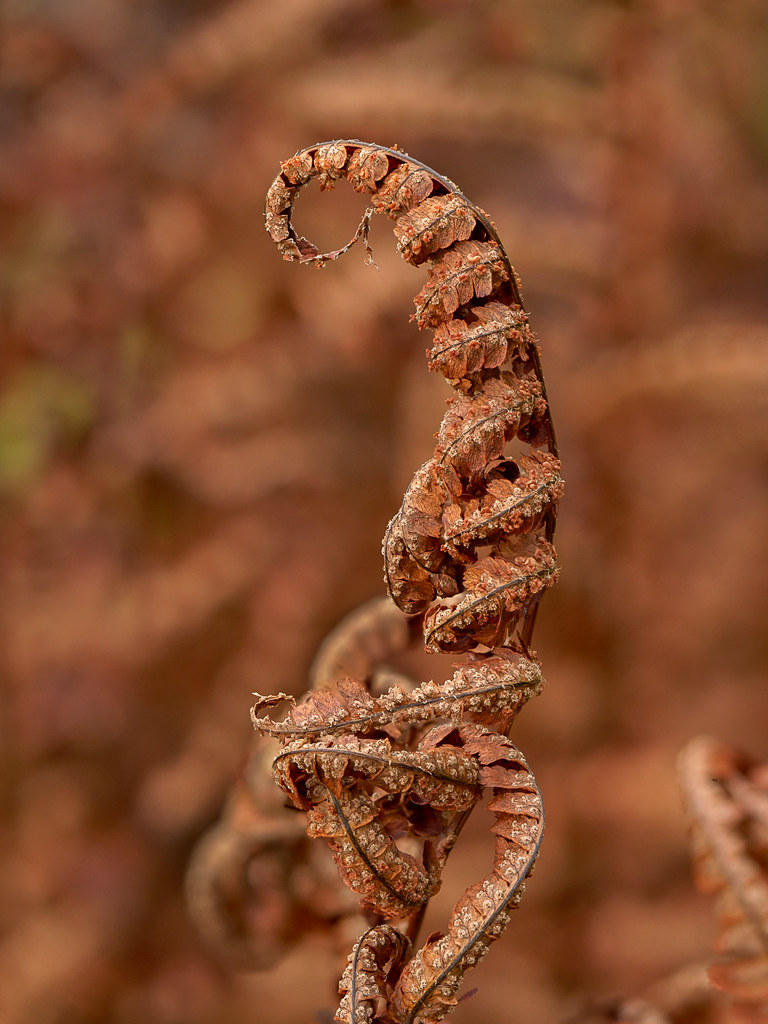Something else.

I use Panasonic's Post Focus function. This uses 4K or 6K video. The camera finds the nearest thing it can focus on, and the furthest, and captures a video as it racks the focus from the nearest to the furthest. This function is marketed as letting you choose where the centre of focus is placed in an image after you have captured it - you can point at an area of the image and the camera extracts a frame from the video that is focused where you point. However, you don't have to use this aspect of it. The important thing is that it leaves an MP4 video behind which you can download and work on.
The air does not have to be completely still for this to work. I live in a notoriously breezy location and most of the stacks I have done were captured in a breeze. I try to time the capture to gaps when the breeze has died down a bit, but the gaps are typically short and very often end while the capture is in progress, so I typically capture a number of "takes" to try to get one that will stack ok. The breezier it is the more takes I do.
You don't have to hold the camera completely still. I have done a number of these hand-held, and I do not have steady hands. I worked mainly hand-held with the G80 but now with the G9 I'm using
a (rather flexible) tripod most of the time, but using it hands-on, like you use a monopod. I find this gives me the fine control I want for framing the scene while reducing the effects of hand-shake and also keeping the framing the same from take to take - very important once I have found an angle that works.
You don't have to make any preparations like deciding where to place the focus or how many frames to capture or what the spacing should be from frame to frame. This makes it very much a point and shoot operation. And at 30 frames per second it is relatively fast in operation, which is good for working in breezy conditions. In comparison, with focus stacking you have to decide about initial focus placement, spacing between shots and how many frames to capture, and it operates more than six times slower, which is not so good for working hand-held and/or in a breeze.
With Post Focus you do have to decide some combination of aperture, ISO and shutter speed using one of the ordinary modes (aperture priority, shutter priority, program, manual). The only restriction is that the shutter speed must be at least 1/30 sec. If for example in aperture priority mode it goes below that then it will be fixed at 1/30 sec and the video will be under-exposed.
The 4K videos produce 8 mpix frames and I used that with a G80 and 1/2.3" FZ330. Now with the G9 I use 6K, producing 18 mpix frames, which is very close to the full 20 mpix sensor dimensions. You can only extract JPEGs from the videos, so unlike with focus bracketing you can't use raw. I haven't found this to be a problem and in fact the G9 has a Cinelike D profile which is very flat. I use that and coupled with minimising the JPEG noise reduction and sharpening it gives me some extra flexibility in post processing. The G9 is also very configurable and I have it set up so it is easy and quick to set the white balance from a grey card and I do this (when I remember) for each scene.
As to the stacking, I have a quick look at the takes for a scene using Panasonics PhotoFun Studio PC application, which makes it very quick and easy. It is also the only way I have found to get at the Exif information for the video. I then drag the chosen video into Helicon Focus, which automatically extracts the frames and aligns them. I then use Helicon Focus to do the stacking and retouching. From this I produce a TIFF file that I import into Lightroom for finishing and exporting to JPEG.
I made a video
Stacking close ups with Panasonic post focus and Helicon Focus when I was starting out with this a couple of years ago and another one,
Focus stacking some issues and remedies, three months later when I had learnt a bit more about it. I've learnt more since then and am using different equipment, and Helicon Focus has been updated too, so perhaps I should make a new video. (btw any references to Helicon Filter in those videos should be to Helicon Focus.)
.











 1417 10 2018_12_24 P1001258 G9+60 PF97f F2.8 1-160 ISO400 -0.3EV C2 LR7 1400h
1417 10 2018_12_24 P1001258 G9+60 PF97f F2.8 1-160 ISO400 -0.3EV C2 LR7 1400h

